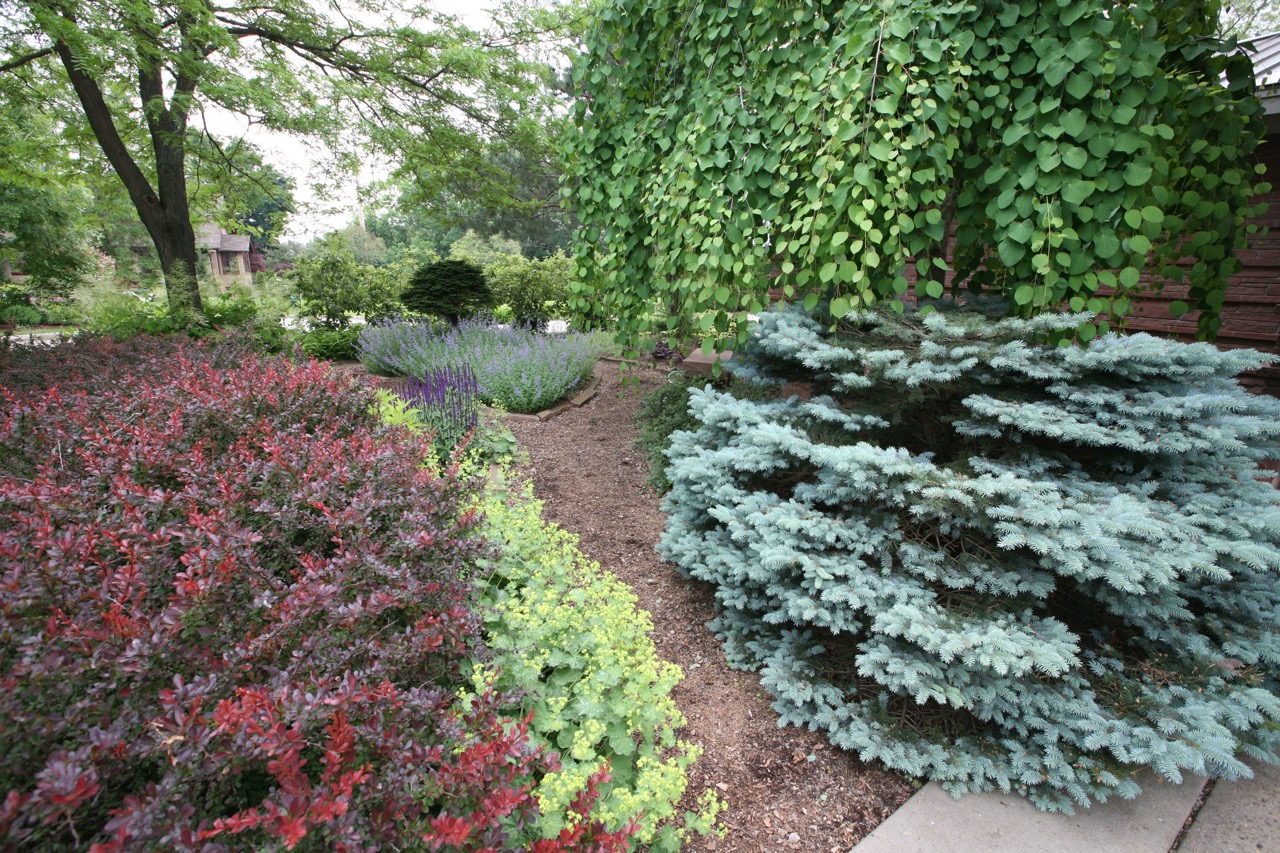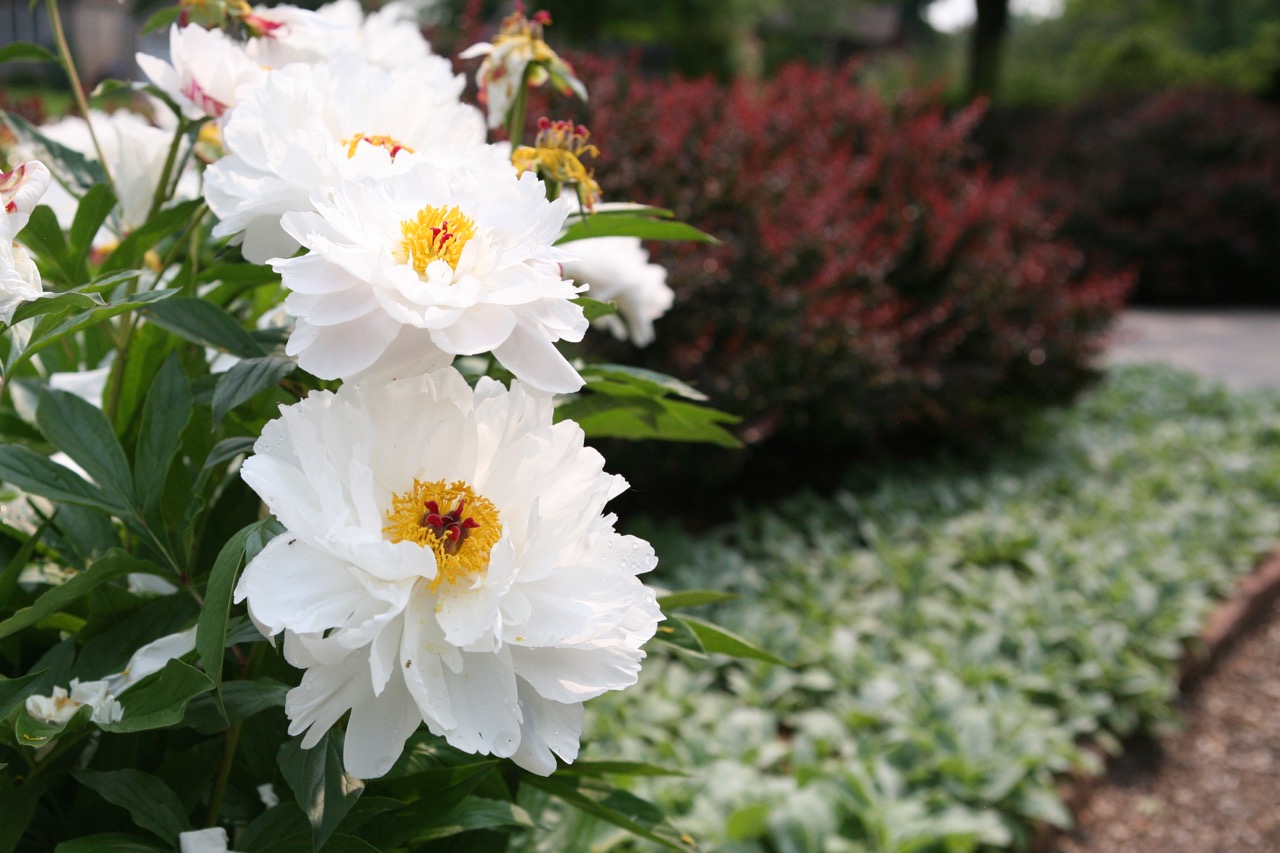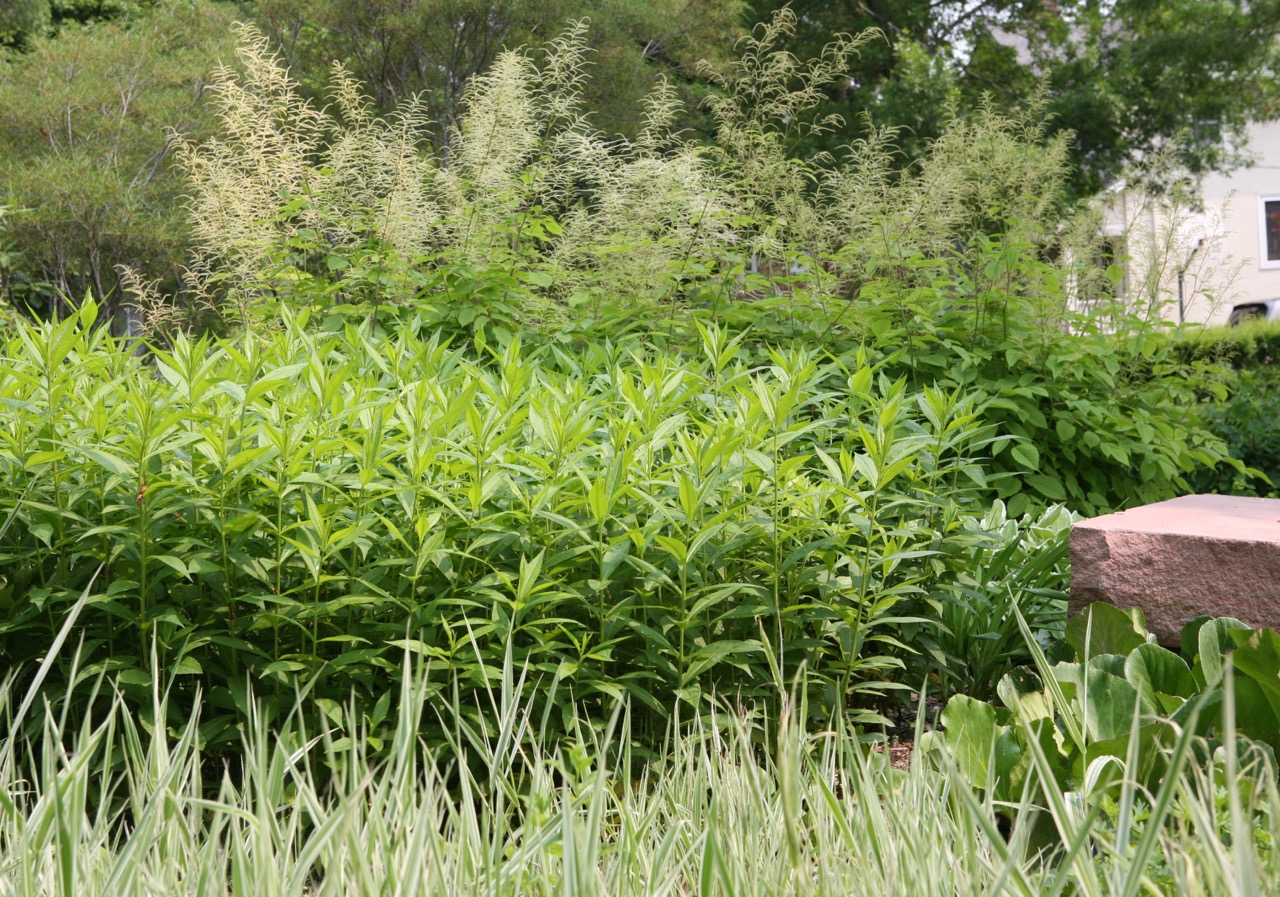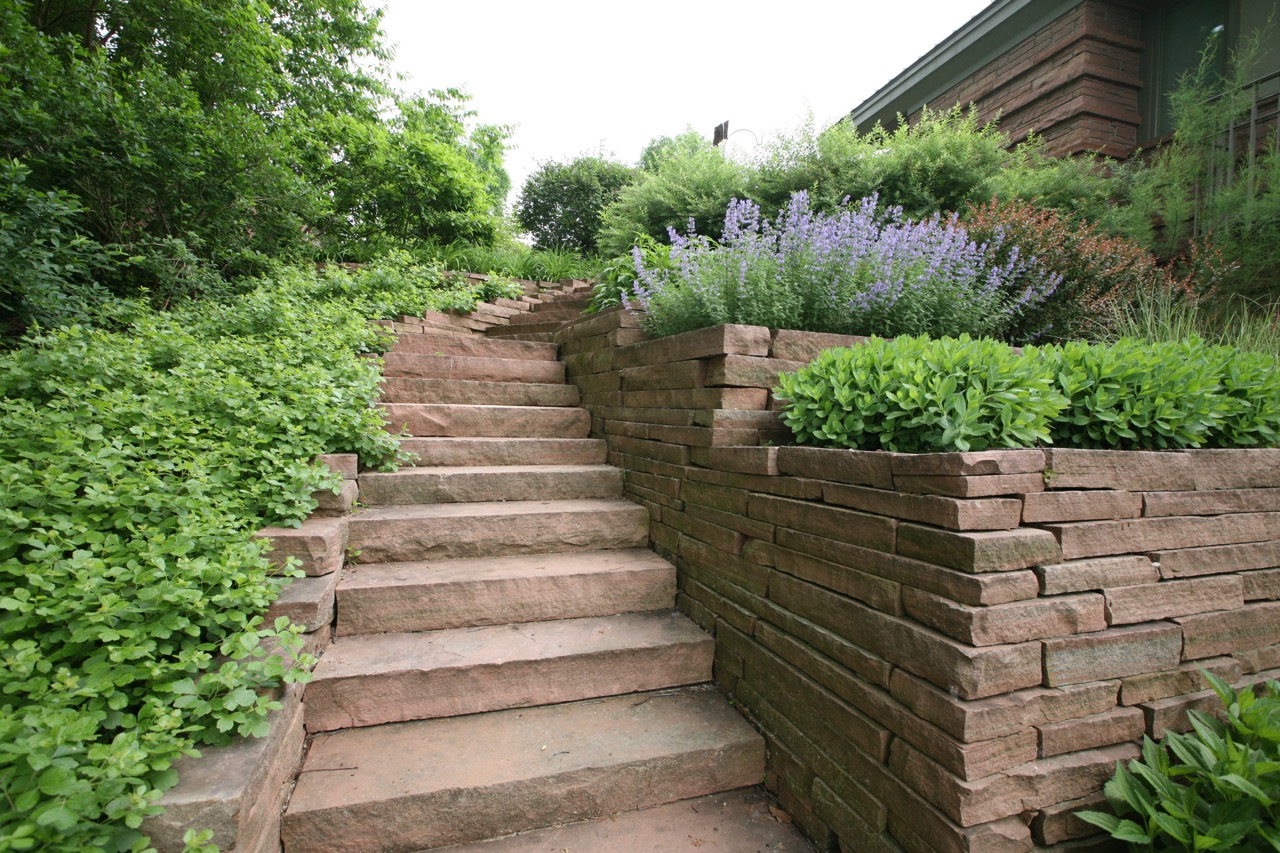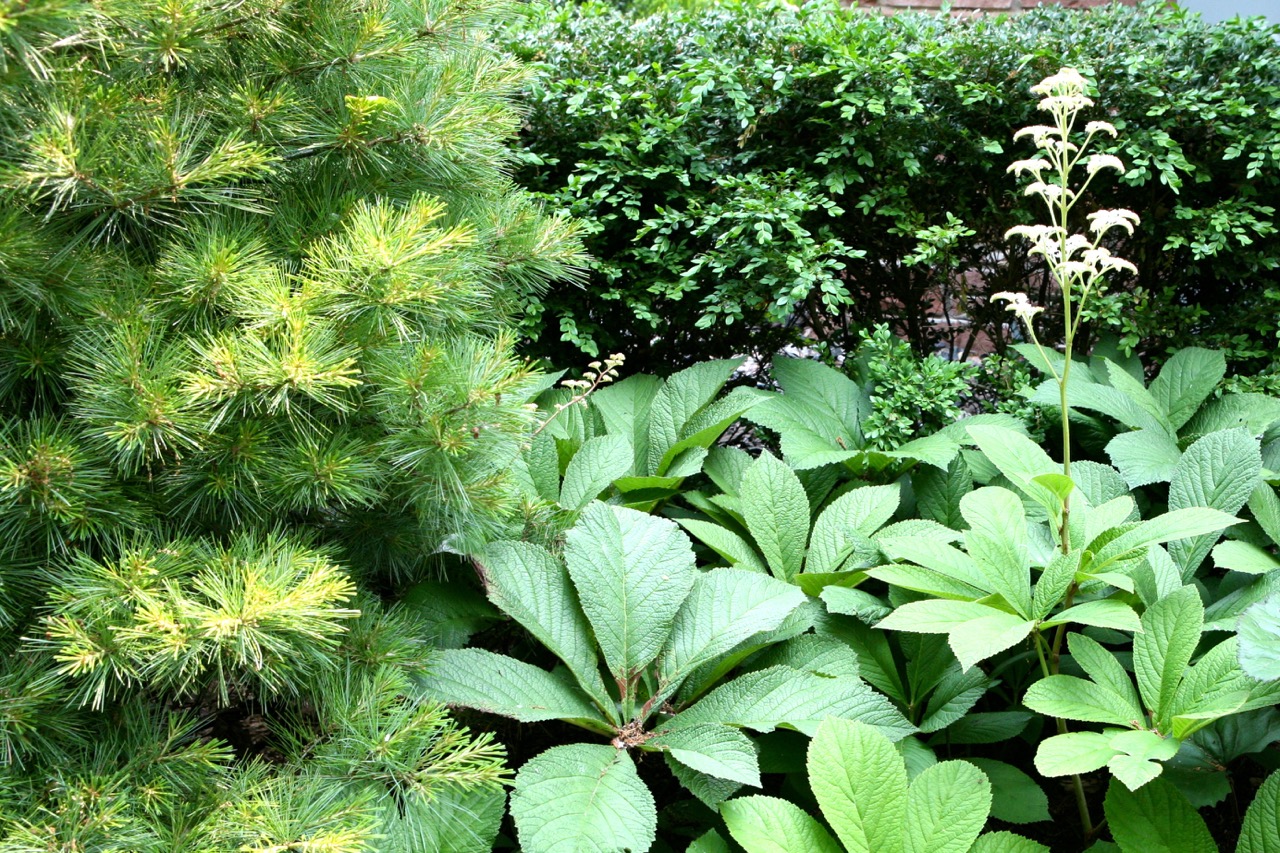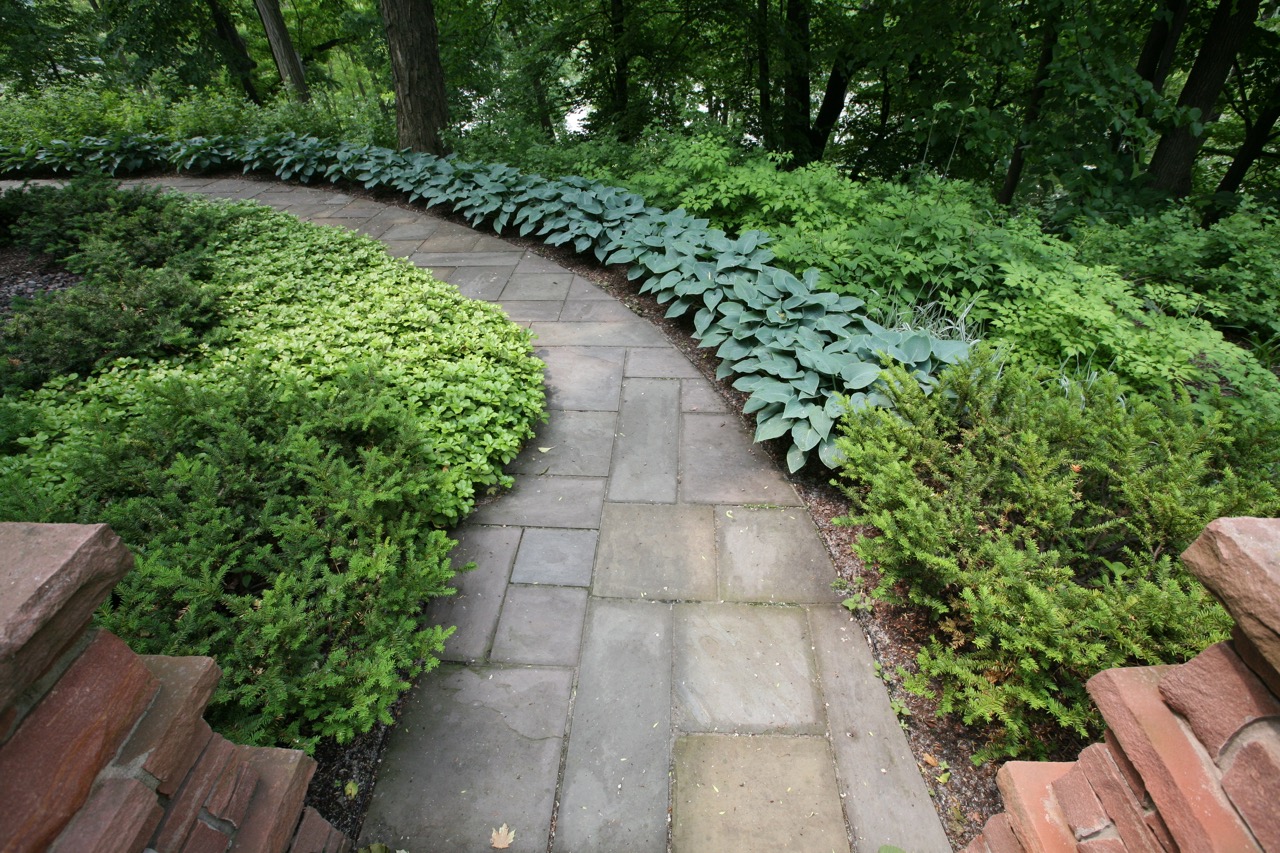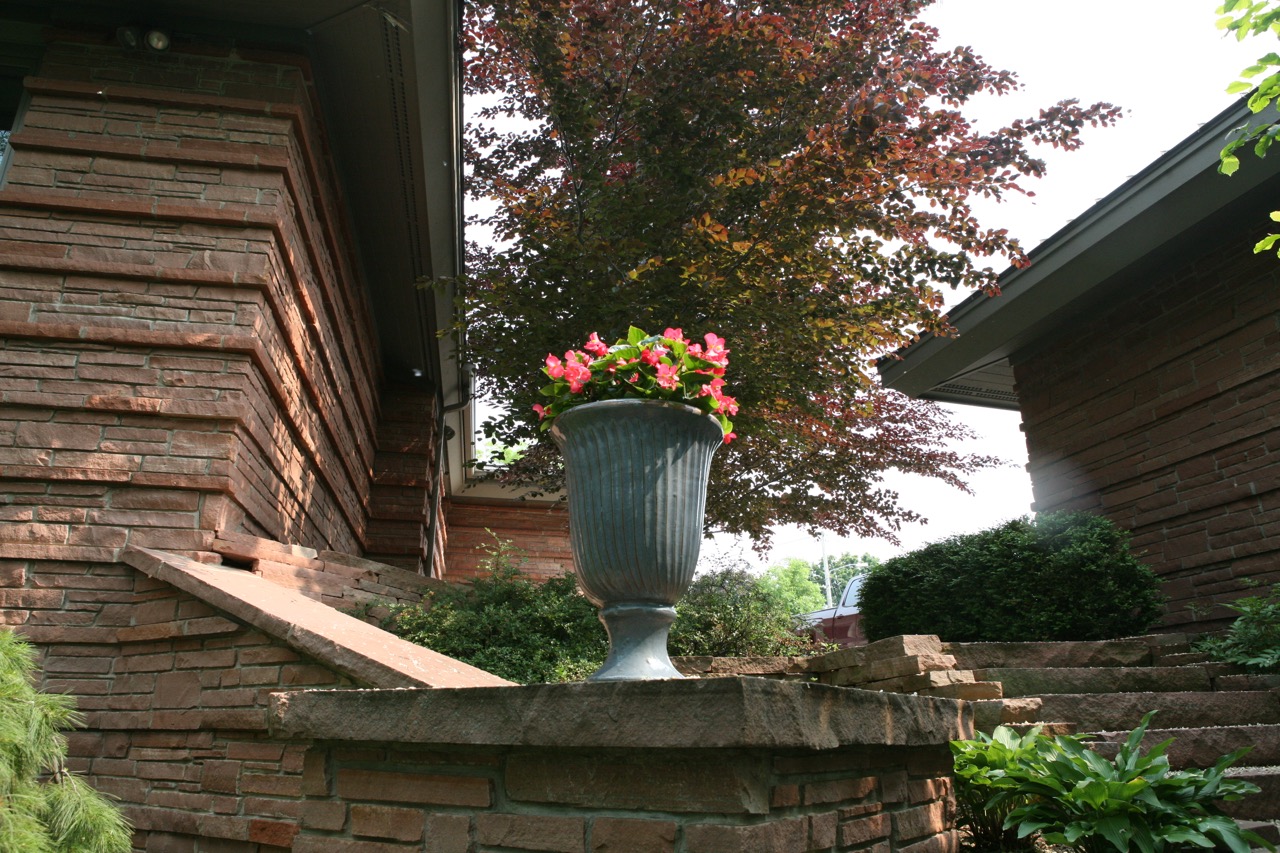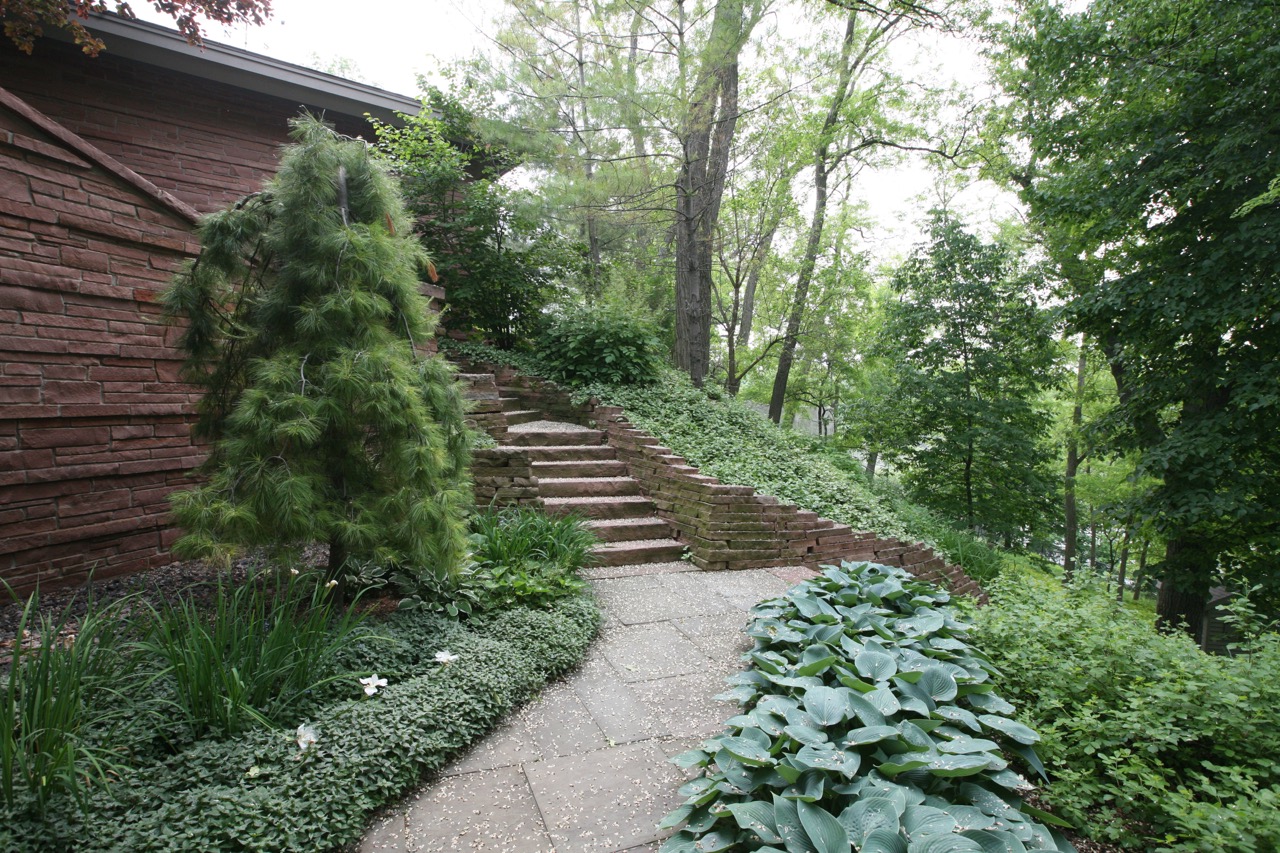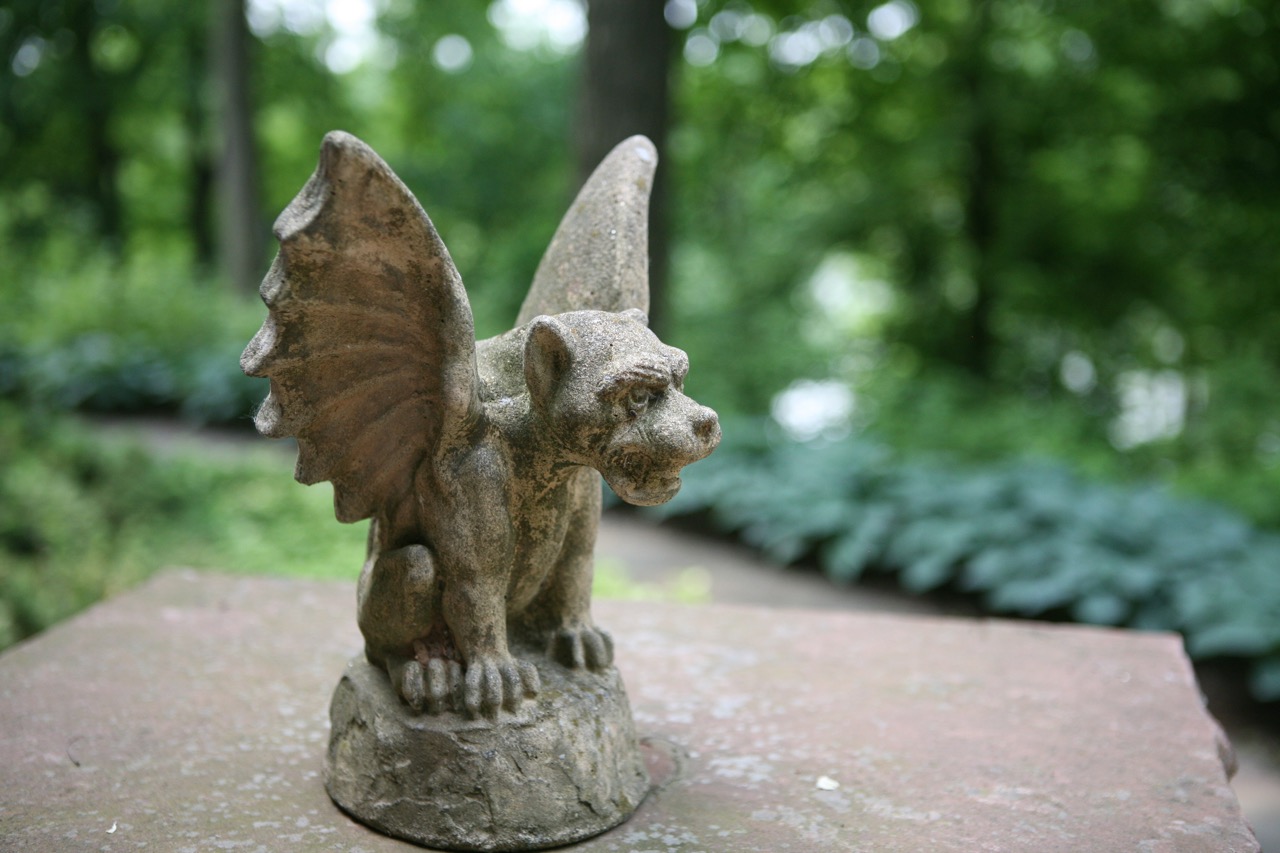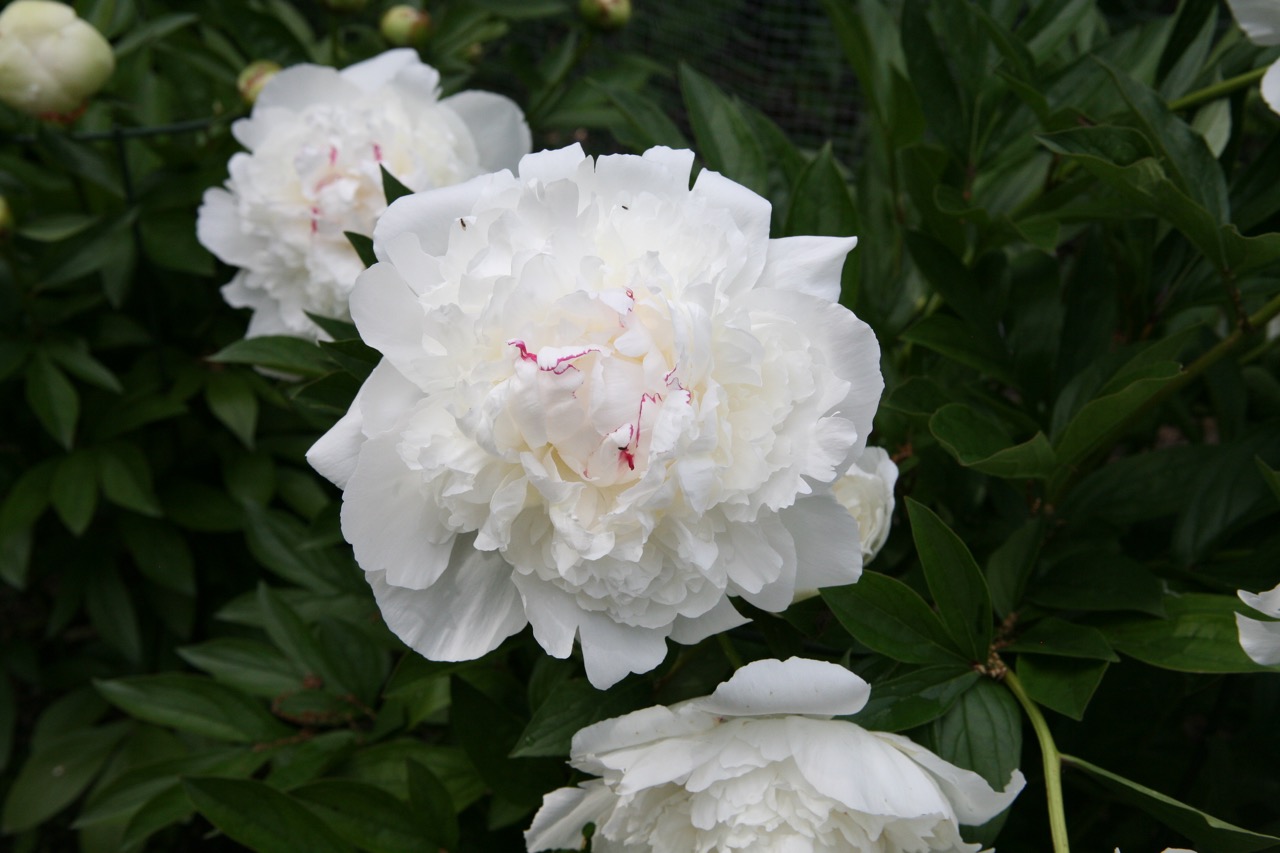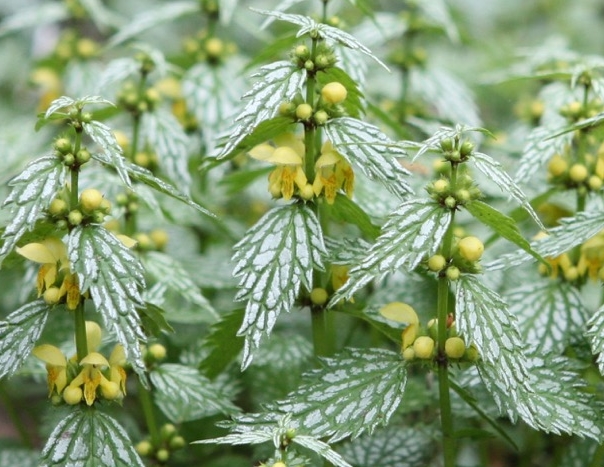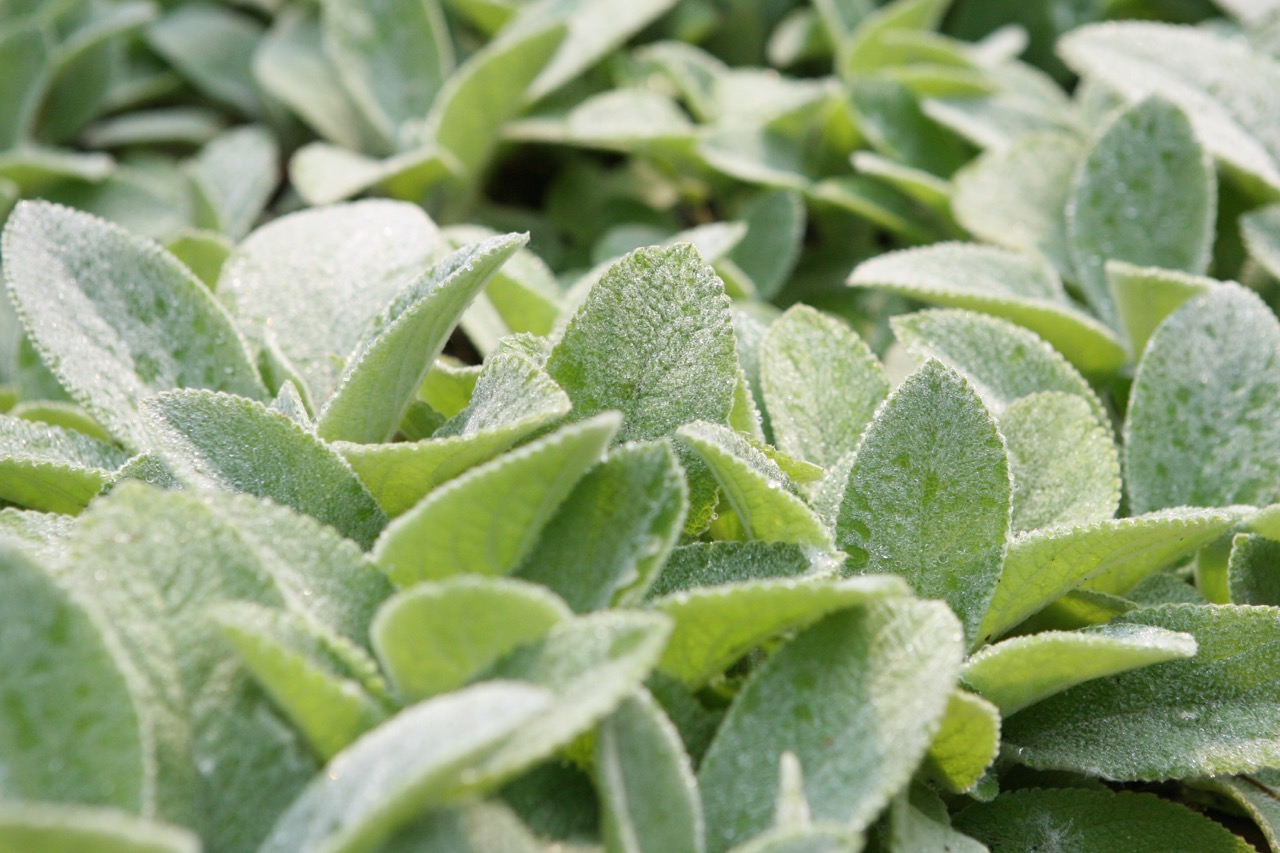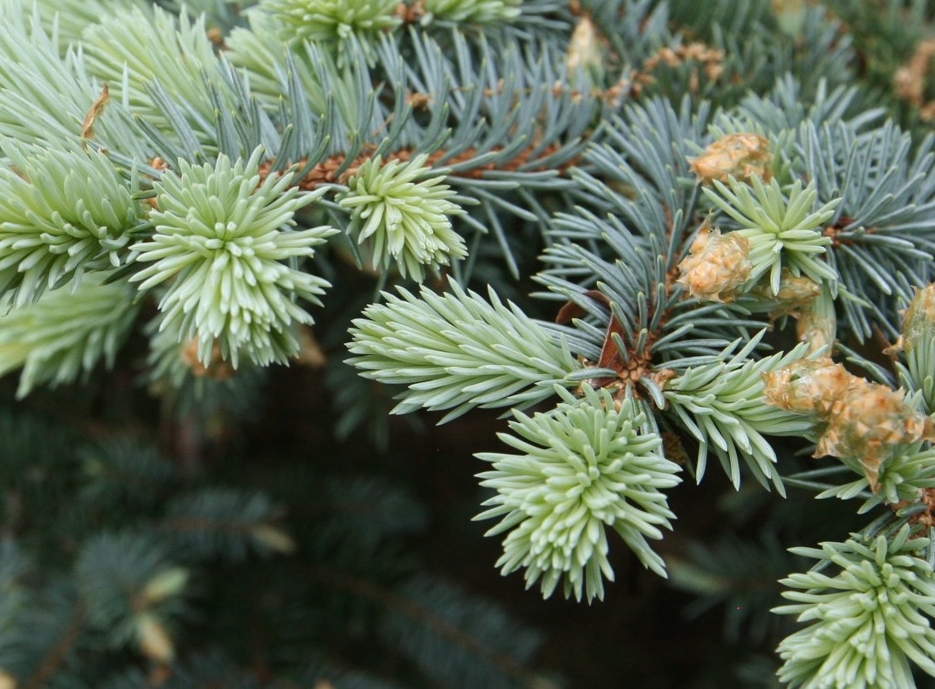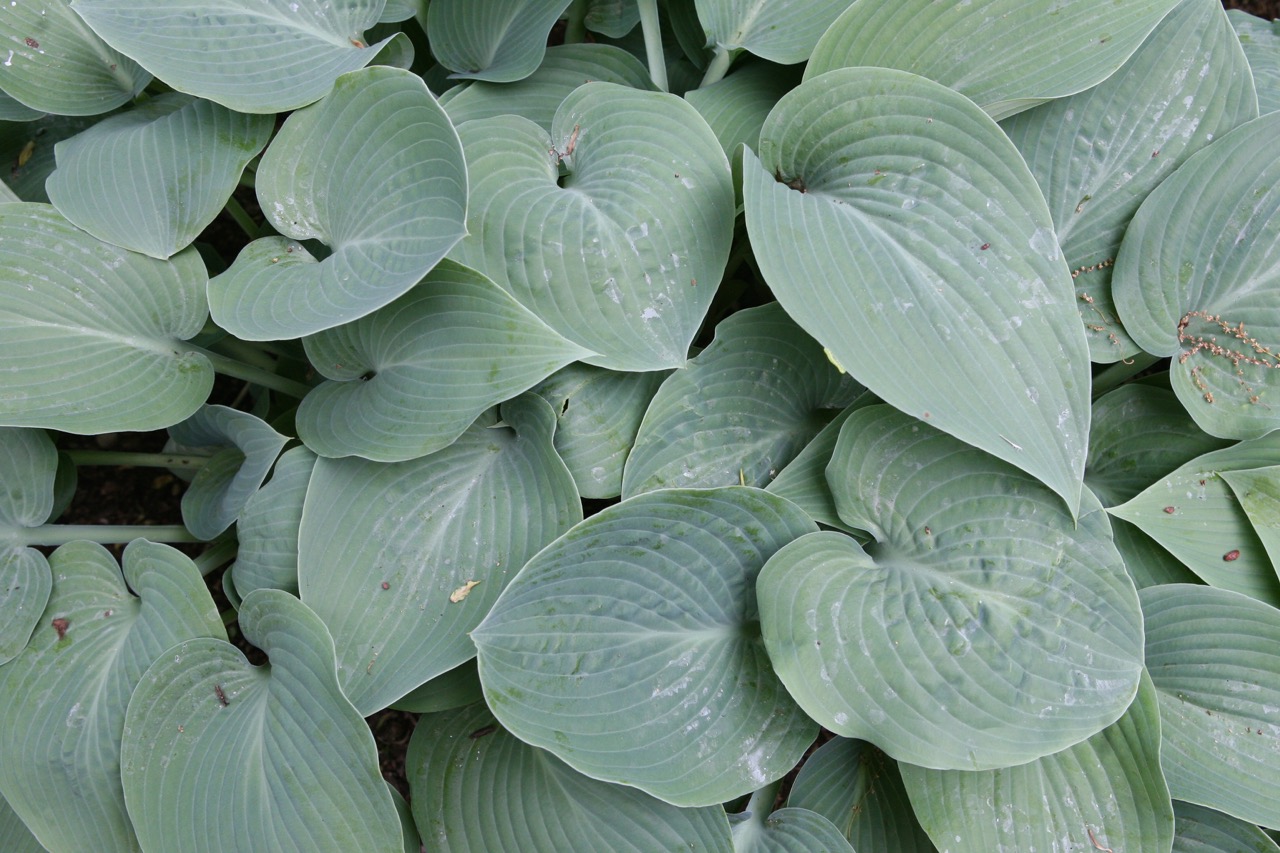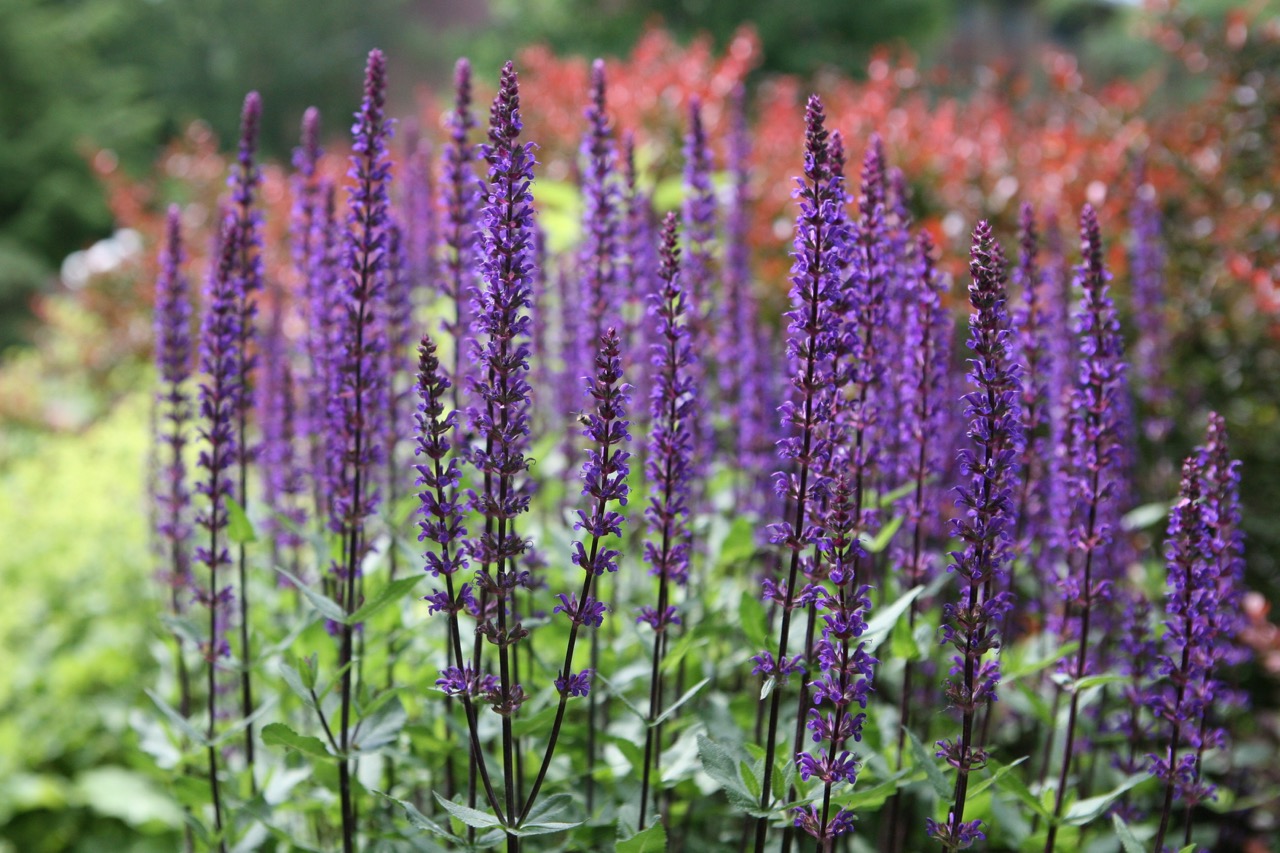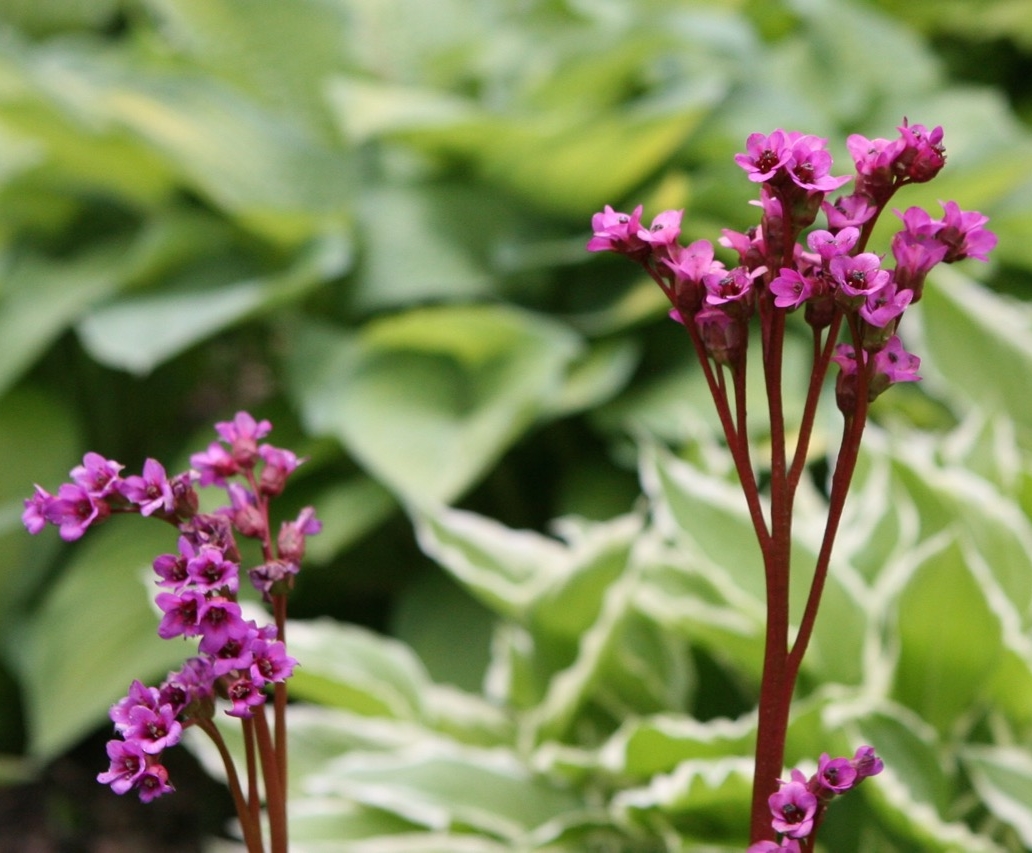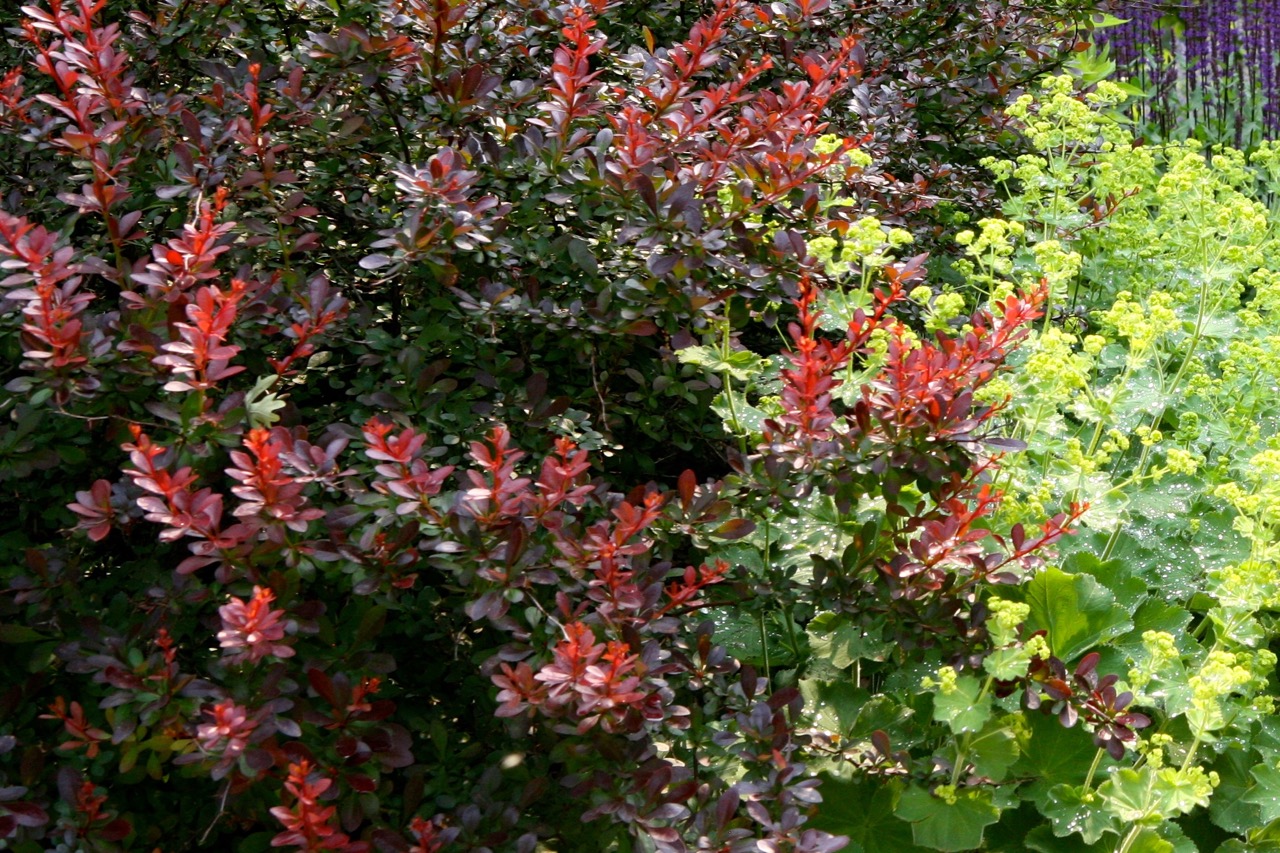“I love being in my garden. There is movement and pause. Then another plant beckons and moves my eye further along, until it comes to rest on a shrub or tree. These ribbons of plants flow along the paths, taking their turn in the process.”
In my quest for inspiration from the garden next door, I am pleased to share Bonnie Buchanan’s Appleton, Wisconsin garden. Her garden is like a story. It has a clear beginning and a series of sections connected by a delightfully meandering garden path. Some elements build momentum and move us through; other features make us stop and reflect. Most of all: Bonnie’s is a gardener’s garden. Her love and knowledge of plants combines with her painterly ability.
Her affection for plants started in childhood. There were stories of her great grandmother Louise, whose vegetable garden provided for her immigrant family. But it was Louise’s cutting garden of tall flowers that captured Bonnie’s imagination. And Bonnie’s mom, Iris, tended her own garden “full of daisies and phlox, and a long pathway of roses.”
When Bonnie got serious about gardening she turned to other gardeners and books. “I learned by walking around my neighborhood. I took extensive notes on what thrived, what looked good with what. I remember seeing a home in Green Bay with masses of coneflowers, and a Door County garden with beds of yarrows in several colors. I had not seen plants massed like that and was so impressed. At another garden, they had put in flagstones with a curve that didn’t go anywhere. It was so visually inviting and made you look deeper. I also learned what colors I liked, a range of quiet, soothing colors.”
The front garden can be seen from down the street; it draws you in with a warm welcome. A barberry hedge marks the beginning of the planted garden.
Bonnie’s front garden can be seen from down the street; it draws you in and creates a warm welcome. A patch of mowed grass connects the garden to the rest of the neighborhood; then a bold barberry hedge marks the beginning of the planted garden. Just behind it, a stone lined path offers an invitation to enter. It is this path that forms the backbone of the garden. Geranium, lamb’s ear, and lamium are arranged in intertwined ribbons; one picks up where the other leaves off. Boxwood, Muji pine, and weeping spruce provide structure and offer places to rest the eye. Honey locust and hemlock create a sense of shelter. At each resting point, something catches your attention, draws you further into the garden. And the garden has been designed to look as good from inside as outside.
Perennials define this garden. Bonnie explains, “You invest in them and they become a part of your life. To see them up close, surviving these winters, welcoming you in the spring. They evolve: the leaves emerge first, then the stalks, then the closed buds opening into flowers. They bring so much pleasure. They take their time to renew, to return their strength into the roots, the earth, and then they go quiet. From a design standpoint, one must think about pacing the blooms, about where you plant your material. You have to consider color, movement, and shading. I have become so interested in that.”
Many of her plants have a deep personal meaning. “I have lily of valley from my great grandmother Louise. White variegated hosta from a dear friend has moved with me three times. My 35 year-old white peonies were originally planted by my son Gus. And the daisies are those my mom planted for me on my 50th birthday. Checking on these plants is a ritual that is important to me”.
Bonnie's plant palette ranges from soothing white, silver, and blue, to pops of purple and red.
Enlightened by her own mistakes, Bonnie urges new gardeners to be sensitive to the physical characteristics of their land: wind, water, and especially light. “Plants like sunshine. Even the shade lovers like a bit of sunshine. They’ll do a little better. “ Also, “I think people should embrace pruning. I learned this from more experienced gardeners, and it works. Some people are reluctant to cut off a blossom but many plants need this for their long-term health. I hate to see plants being replaced that could have been saved by thoughtful pruning.” And she is thoughtful about finding plants that will not just survive, but that will reach their full potential, “I never plant anything that doesn’t thrive in zone 4. I learned the hard way.”
“Most of all garden making should be personal. People should find in their gardens something that they want to express. Make the kind of garden that brings them comfort and joy. I am always pleased to be in my garden. I believe that people should feel the same about their own garden.”
Here’s to finding what works for each of us and getting inspiration from each other. Happy gardening!

